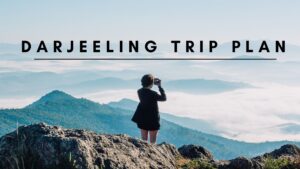Manali is a top destination for nature enthusiasts, couples on honeymoon, and thrill-seekers. From white-water rafting in the Beas River to skiing and paragliding in Solang Valley, this hill town has it all. Wildlife lovers can explore national parks, enjoy forest safaris, or go camping in designated areas. The town is also home to age-old Hindu temples and serene Buddhist monasteries, making it a peaceful retreat for those seeking spiritual and wellness experiences. In winter, Manali transforms into a snow-covered wonderland, while in summer, it’s surrounded by lush alpine forests.
Before you pack your bags, take a look at these essential Manali travel tips to ensure a smooth and memorable trip.
Top 9 Manali Travel Tips
Here are nine practical tips for travelers visiting Manali, perfect for all kinds of tourists. Keep these in mind to make the most of your hill station getaway.
1. Understanding Manali’s Climate

Manali is perched at an elevation of 6,730 feet above sea level in the Himalayas, with its tallest peak reaching 19,683 feet. This range of elevation gives the region a diverse climate year-round. Thanks to its high altitude, the weather stays cool in all seasons. Summer (April to June) sees daytime temperatures between 30°C and 37°C, while nights can dip below 20°C. The monsoon (July to November) brings heavy rainfall, especially in July and August, which can cause landslides and roadblocks—so it’s best to avoid visiting during this period. Winter (December to March) brings heavy snow, creating ideal conditions for snow-based activities. Apart from the monsoon, the rest of the year is perfect for enjoying adventure sports and leisure travel in Manali.
2. Accommodation in Manali
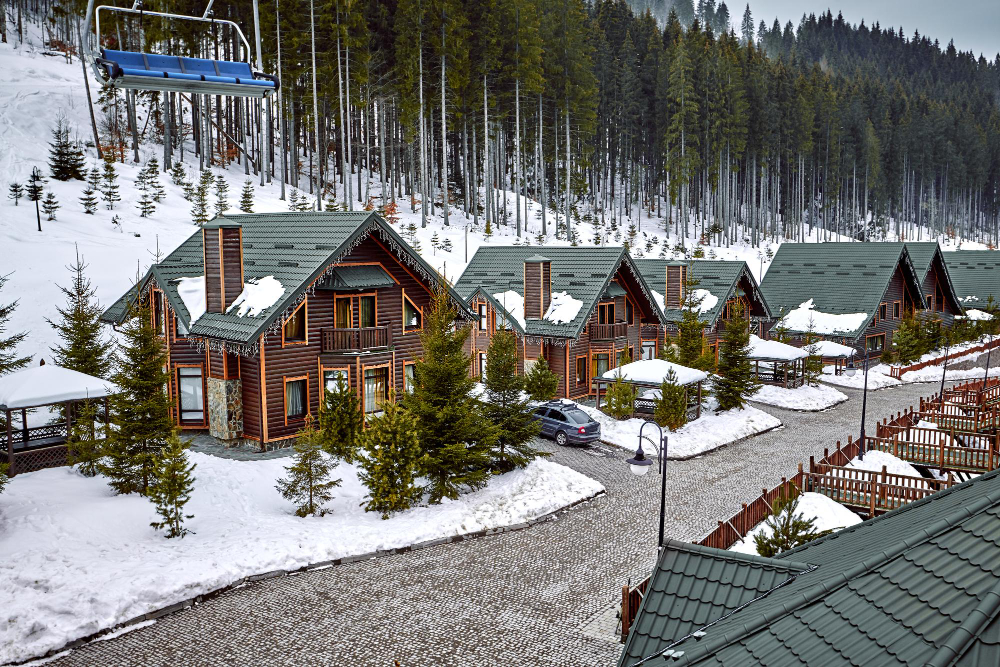
Manali offers a wide selection of stays, and many Kullu-Manali travel guides highlight options suited for all budgets. Booking an all-inclusive Manali tour package during peak tourist season is a smart move to avoid the hassle of last-minute hotel searches. Honeymooners can enjoy luxurious resorts with mountain views and in-house dining. Budget travelers will find affordable hotels within the town, some even featuring bars and restaurants. Always confirm whether meals are included before booking. During off-season periods, you’re more likely to find homestays, sometimes offered directly by locals. Regardless of where you stay, ensure your room is equipped with HVAC systems, woolen blankets, and 24-hour hot water — essentials for surviving Manali’s chilly nights.
3. Foods to Try in Manali

Manali caters well to both vegetarians and meat lovers. Don’t miss the chance to taste fresh Himachali apples, a local specialty. Lamb is more commonly available than chicken, and is served fried, in gravy, or tandoori-style. Vegetarians can enjoy various baked goods and local vegetable curries. It’s best to avoid street food to prevent stomach issues. Always opt for bottled mineral water. Scattered throughout Manali are cozy cafés that offer hot beverages—perfect for warming up. Choose clean and hygienic spots for a safe dining experience.
4. Clothing Tips for Your Manali Trip
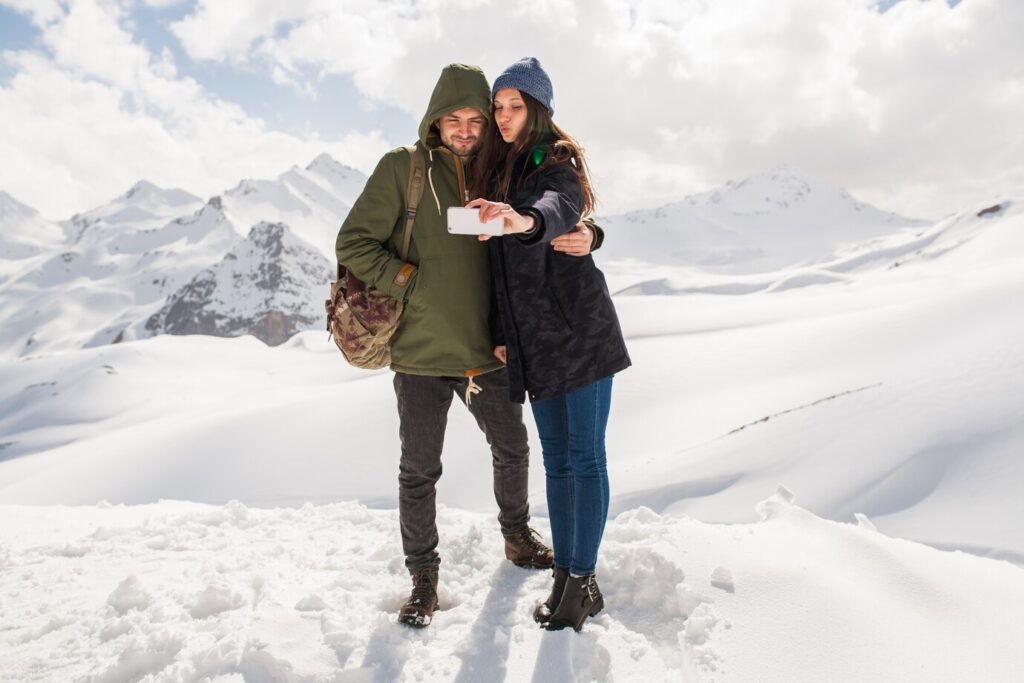
A sweater is a must-pack item no matter the season in Manali, as temperatures can dip at any time. In summer, breathable cotton clothes work best during the day, while warm layers are needed at night. For the monsoon, don’t forget to pack raincoats and waterproof boots. Winters in Manali are extremely cold, with temperatures often falling below freezing. Carry woolen clothing such as scarves, jackets, and shawls. You can also shop for high-quality woolens locally. Most accommodations provide warm blankets, but it’s wise to carry your own winter essentials.
5. Local Transportation in Manali
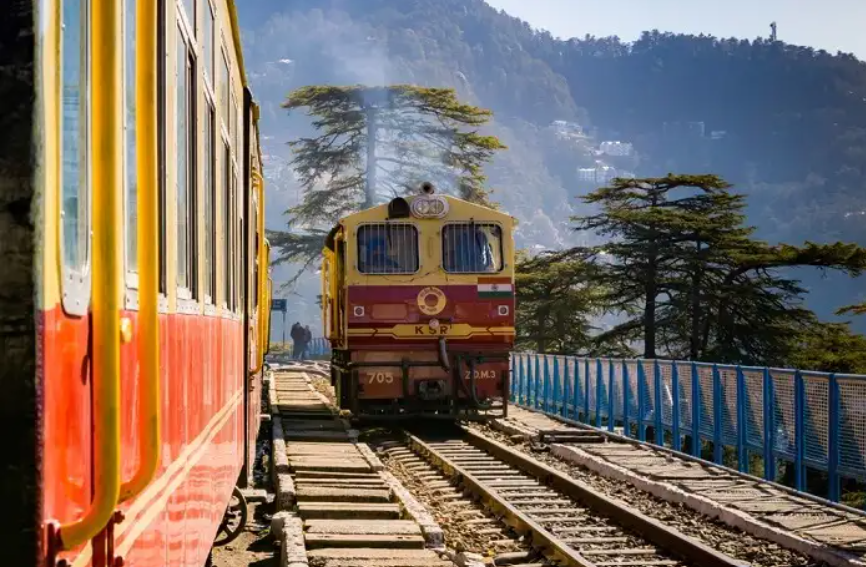
If you’re traveling from Kullu or even Delhi or Shimla, roadways are the primary way to reach Manali. Many tourists prefer the scenic Kalka-Shimla train route, a UNESCO World Heritage experience, followed by a road journey to Manali. Government-run buses offer the most economical travel option. Within Manali, private vehicles and SUVs are available for hire to visit local attractions. Unique to the area, you can also ride ponies or yaks to reach higher altitudes—an adventurous and traditional way to explore rugged terrains.
6. Documents Required for Travel

All travelers, both domestic and international, should carry multiple forms of identification. Foreign tourists must have a valid passport and should register their itinerary at the local police station. IDs are often required to participate in adventure activities or to access certain trekking zones, especially those near international borders. If you plan to drive during your visit, an international driving permit is mandatory. Hotels also request valid IDs at check-in, and local authorities may ask for identification during your stay.
7. Hiring a Local Guide

First-time visitors and foreign travelers are encouraged to hire a local guide to navigate Manali efficiently. When booking tour packages, confirm whether a guide is included. If not, always choose a certified local guide. They help optimize your time, ensure you see top attractions, and offer insight into local culture. Female solo travelers, especially, benefit from guided tours. Make sure to agree on a fee beforehand, and consider tipping your guide for exceptional service. English-speaking and multilingual guides are commonly available.
8. Adventure Sports in Manali
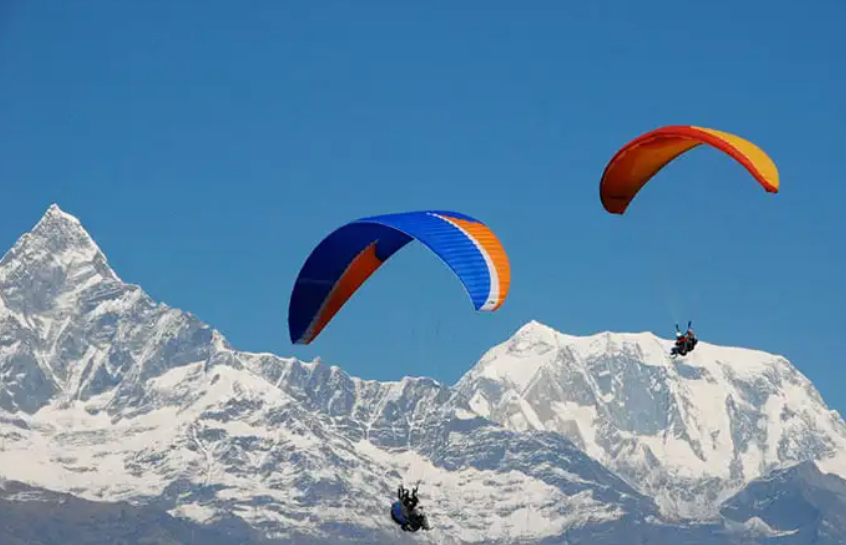
Thrill-seekers should book adventure activities in advance during the high season. For example, tandem paragliding in Solang Valley requires early reservations due to limited equipment and slots. Arrive at least an hour before your scheduled time to receive proper safety briefings. Manali is also ideal for learning to ski, with courses available through local sports clubs. If you’re planning to trek near high-altitude zones or border areas, special permissions are needed. Organized adventure tour packages usually handle these requirements for you.
9. Tipping Culture in Manali

As an international tourist hotspot, Manali has an established tipping culture. At restaurants and bars, a tip under ₹100 is customary. When checking out of your hotel, you can tip housekeeping staff and others either individually or in a lump sum. Tipping is not compulsory, but it is appreciated for good service.
Frequently Asked Questions About Manali
1. Is paragliding in Manali safe?
Yes, paragliding in Manali is considered safe as it is conducted by licensed adventure sports clubs. These are tandem flights, where experienced instructors fly with you, ensuring proper safety measures and gear.
2. Is Rohtang Pass accessible throughout the year?
No, Rohtang Pass is closed during the winter months due to heavy snowfall, typically from late November to April. During the open season, tourists must obtain a permit to visit the pass, as it is an ecologically sensitive area.
3. Where can I go snow skiing in Manali?
Solang Valley is the prime destination for snow skiing in Manali. Snow is available from December to March, making it the perfect spot for skiing, snowboarding, and snow-based activities.
4. Is white water rafting safe in Manali?
Yes, white water rafting in Manali is safe when done through authorized operators. These clubs are certified by Himachal Pradesh Tourism and provide safety briefings, helmets, and life jackets to all participants.
5. Is Manali safe for solo women travelers?
Absolutely. Manali is generally safe for solo female tourists. For added security and convenience, it’s recommended to travel through a verified tour package that includes transportation, accommodations, and local guides.
6. Can I see snow-capped mountains all year round in Manali?
Yes, the majestic Himalayan peaks surrounding Manali remain snow-covered throughout the year, especially those above 15,000 feet. You’ll enjoy stunning views regardless of the season.
7. Are there ski training schools in Manali?
Yes, the Atal Bihari Vajpayee Institute of Mountaineering and Allied Sports in Manali offers skiing courses, especially during the winter months. These weeklong programs are suitable for beginners and enthusiasts alike.
8. Does Manali experience Acute Mountain Sickness (AMS)?
Manali itself is at a moderate altitude and generally safe from AMS. However, travelers heading to higher elevations like Spiti Valley or trekking in extreme altitudes should consult a doctor and acclimatize properly.
9. What is the best time to visit Manali?
Manali is a year-round destination. April to June is ideal for pleasant weather and sightseeing, while December to March is best for snow activities. Avoid July and August due to monsoon-related landslides.
10. Do I need permits for adventure sports in Manali?
Most activities like paragliding and rafting do not require special permits when booked through registered operators. However, permits are needed for Rohtang Pass and some high-altitude treks.
11. Is local transportation easily available in Manali?
Yes, taxis, autos, and rented bikes are readily available. For sightseeing, many tourists hire cabs or book guided tours that include transportation to nearby attractions.
12. Are there ATMs and network connectivity in Manali?
Yes, ATMs are available in Manali town. Mobile connectivity is decent in central areas but may be patchy in remote valleys or higher altitudes.

